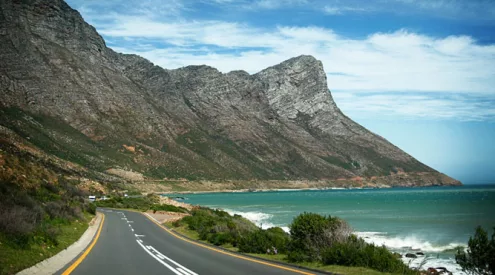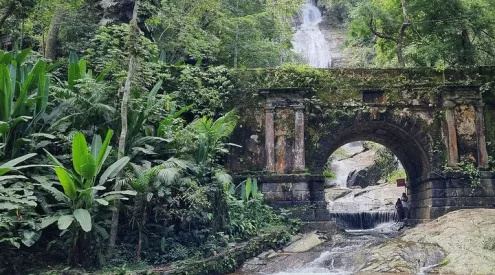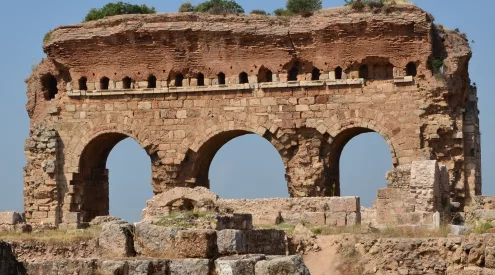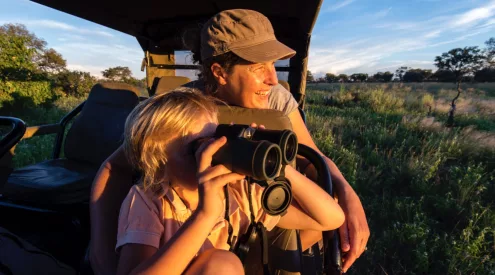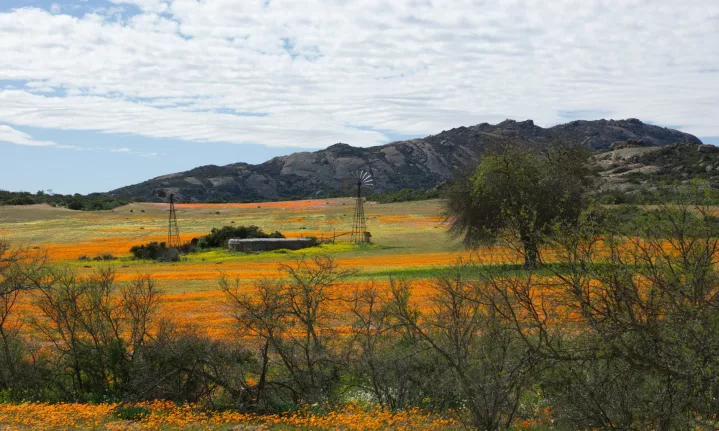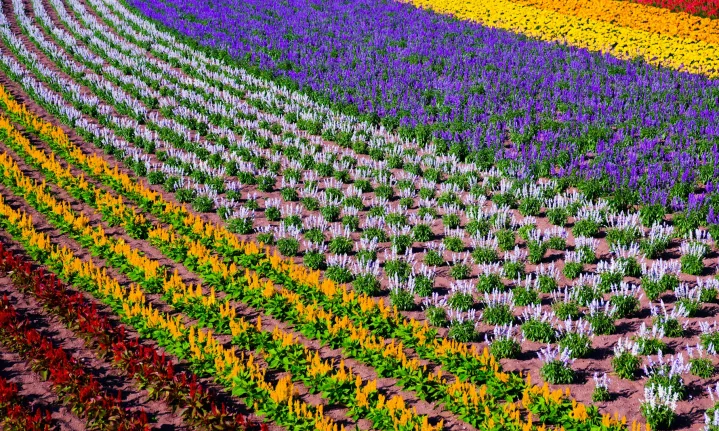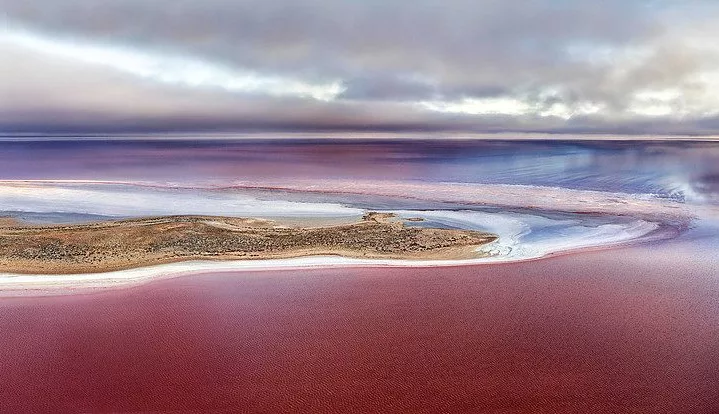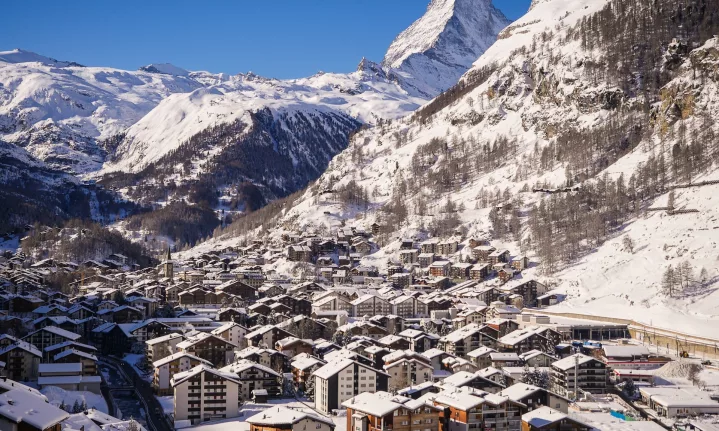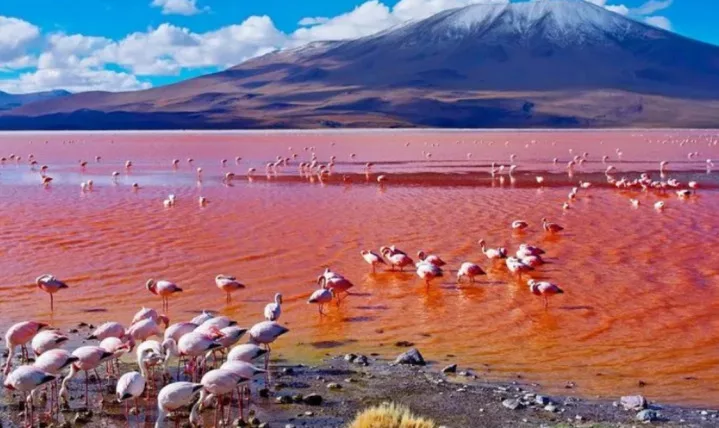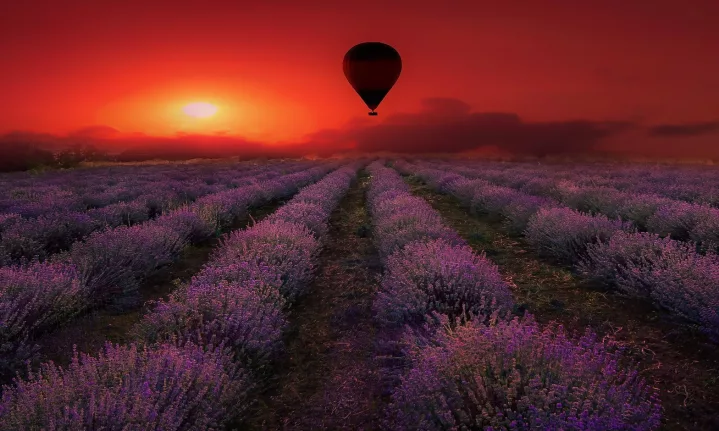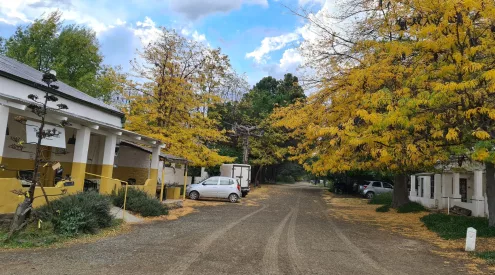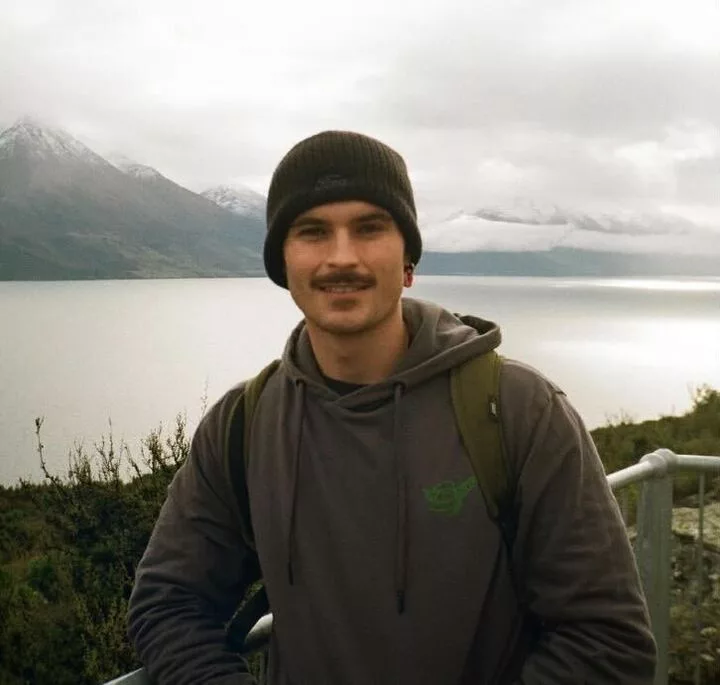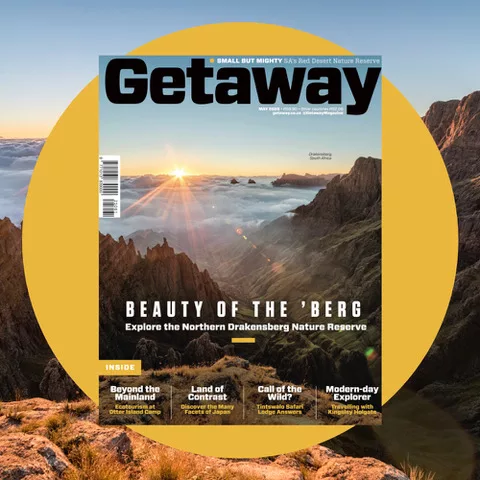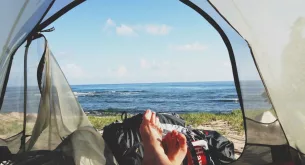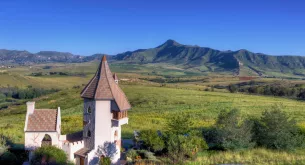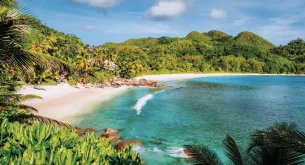Nature is a master of disguise. Some places around the world don’t just change colour or mood with the seasons—they undergo complete transformations, becoming almost unrecognisable from one part of the year to the next.
For travellers who time it right, these dramatic shifts offer unforgettable experiences. Here’s where to go—and when—to witness nature’s most theatrical performances.
Namaqualand – South Africa
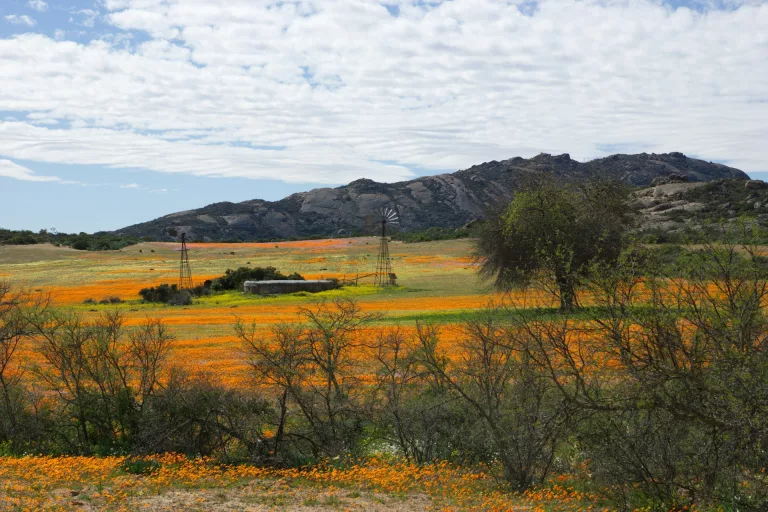
Ansie Potgieter/Unsplash
In the dry months, Namaqualand’s dusty landscapes seem lifeless. But come late winter to early spring (August–September), this arid region bursts into bloom. A kaleidoscope of wildflowers—orange daisies, purple vygies, and delicate white blooms — carpet the earth, drawing in botanists and photographers from around the world. It’s a short-lived spectacle, depending on rainfall, but one of South Africa’s most celebrated natural events.
Furano – Japan
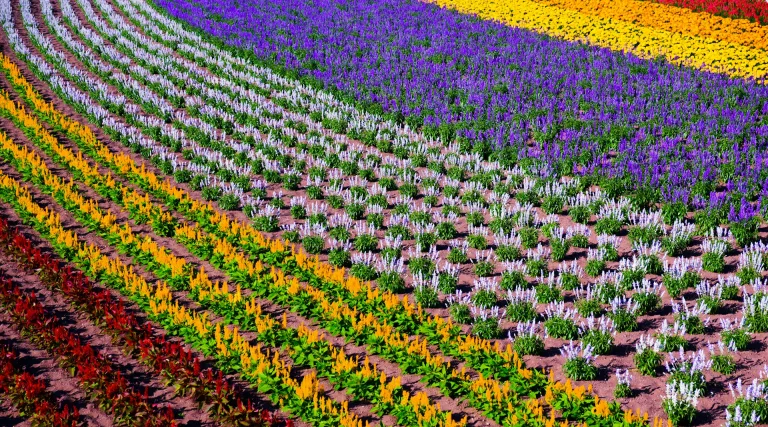
Farm Tomita/
Akshay Nanavati/Unsplash
Located in Hokkaido, Furano is a sleepy farming region most of the year. In summer (July to August), however, its patchwork fields turn into ribbons of lavender, poppies, and sunflowers. Local farms, such as Farm Tomita, become lavender wonderlands, complete with purple ice cream and flower-scented souvenirs. Come winter, the entire area is enveloped in a thick blanket of snow, lending it a hushed, frozen serenity.
Sani Pass – South Africa/Lesotho
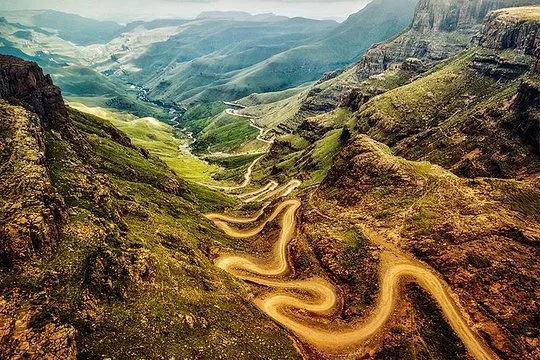
Picture/Drakensberg Experience
Connecting KwaZulu-Natal to Lesotho, the Sani Pass is a thrill ride no matter the season. But its personality flips with the weather. In summer, it’s lush and green, ideal for hiking and birdwatching. In winter (June–August), the pass transforms into a snowy alpine track, dusted with frost and clouded by icy mist. It’s one of the few places in Southern Africa where you can drive through snow — if you’re brave enough for the hairpin bends.
ALSO READ: Hikes to caves, arches, & other rare rock formations worth the trek
Lake Eyre (Kati Thanda) – Australia
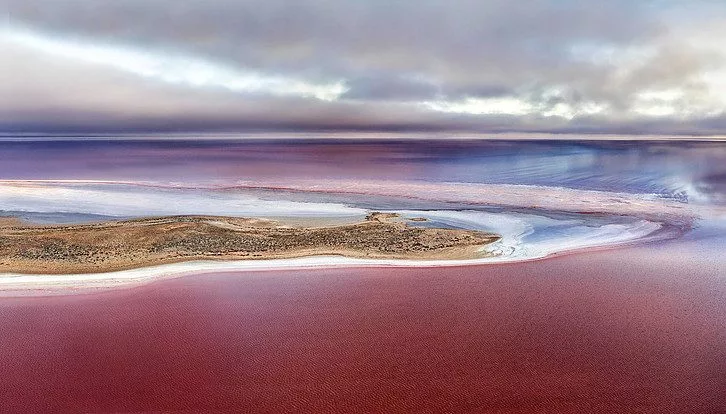
Picture/Nullarbor Roadhouse
Usually a sprawling salt flat shimmering under the sun, Lake Eyre in South Australia is the country’s lowest natural point. But every few years, after heavy inland rains, the lake partially fills, turning into an ephemeral inland sea. This rare event brings an explosion of life — thousands of birds, fish, and wildflowers appear as if summoned by magic. In dry years, it remains stark and surreal, a white mirage against the desert.
Alpine Villages – Switzerland & Austria
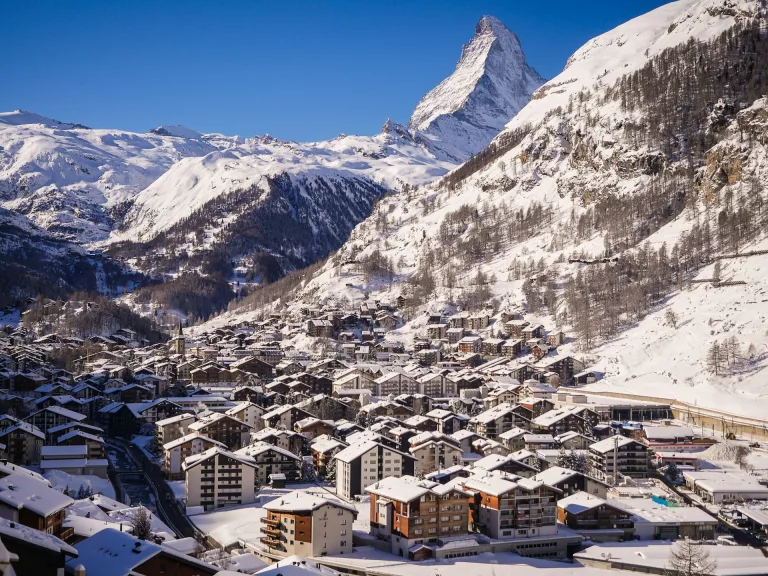
Zermatt, Switzerland/The 414 Company/Unsplash
In summer, the Alps are alive with green meadows, wildflowers, and cowbells echoing through the valleys. But winter brings a total reinvention. Towns like Zermatt and St. Anton don their snow-globe persona—all twinkling lights, roaring fireplaces, and ski slopes. It’s hard to believe it’s the same place. Even the food changes: fresh mountain cheeses in summer give way to fondue and glühwein in winter.
Lake Natron – Tanzania
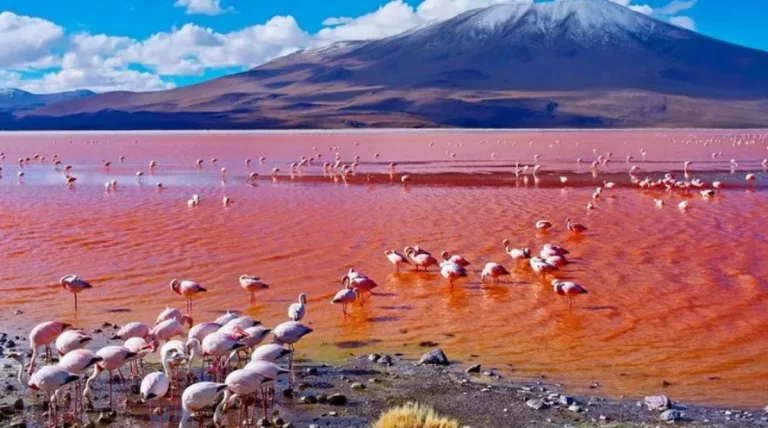
Picture/South Tanzania Safari
Lake Natron is one of Africa’s strangest natural wonders. High in salinity and alkalinity, its waters can turn blood red during the dry season, thanks to blooming microorganisms. As temperatures soar, parts of the lake dry up completely, leaving behind cracked salt flats and bizarre mineral formations. Yet, despite its hostile conditions, it becomes a vital breeding ground for flamingos — their pink silhouettes one of the only signs of life.
Valensole Plateau – France
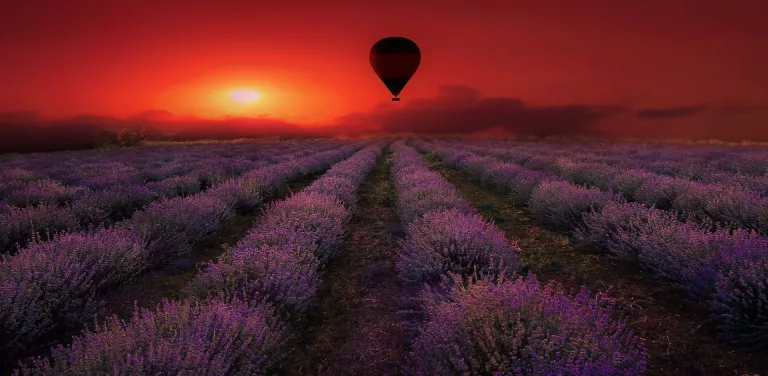
Picture/Moustiers
From mid-June to mid-July, the Valensole Plateau in Provence becomes the poster child for summer in France. Endless lavender rows stretch to the horizon, buzzing with bees and Instagrammers alike. A few weeks later, the purple spectacle is gone — fields are harvested and the air shifts from fragrant to earthy. Out of season, it’s a sleepy farming village, peaceful but a far cry from its summer splendour.
Triglav National Park – Slovenia
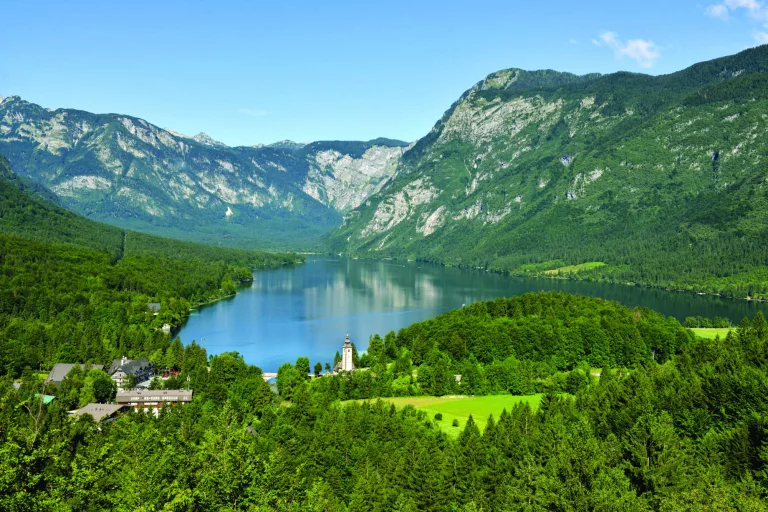
Picture/Turizem Bohinj arhiv
Nestled in the Julian Alps, this national park is a two-faced beauty. In summer, it’s a hiker’s haven: turquoise lakes, alpine trails, and wooden boats on Lake Bohinj. In winter, the same landscape freezes over — lakes become skating rinks, and the trails disappear under snow. Triglav becomes a fairytale scene straight from a snow globe, perfect for snowshoeing and alpine serenity.
Follow us on social media for more travel news, inspiration, and guides. You can also tag us to be featured.
TikTok | Instagram | Facebook | Twitter
ALSO READ: Painted villages, colourful corridors and murals worth seeing

